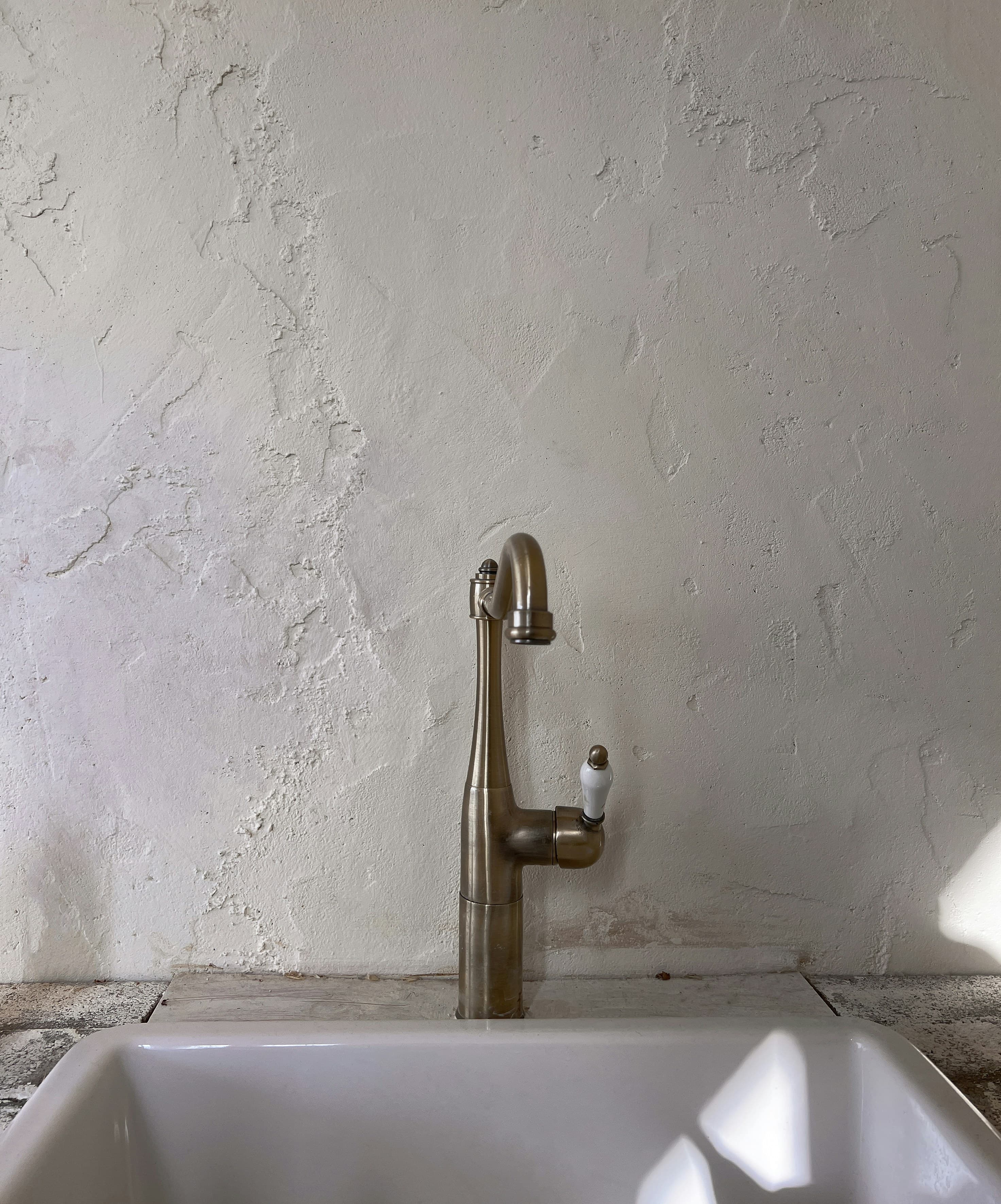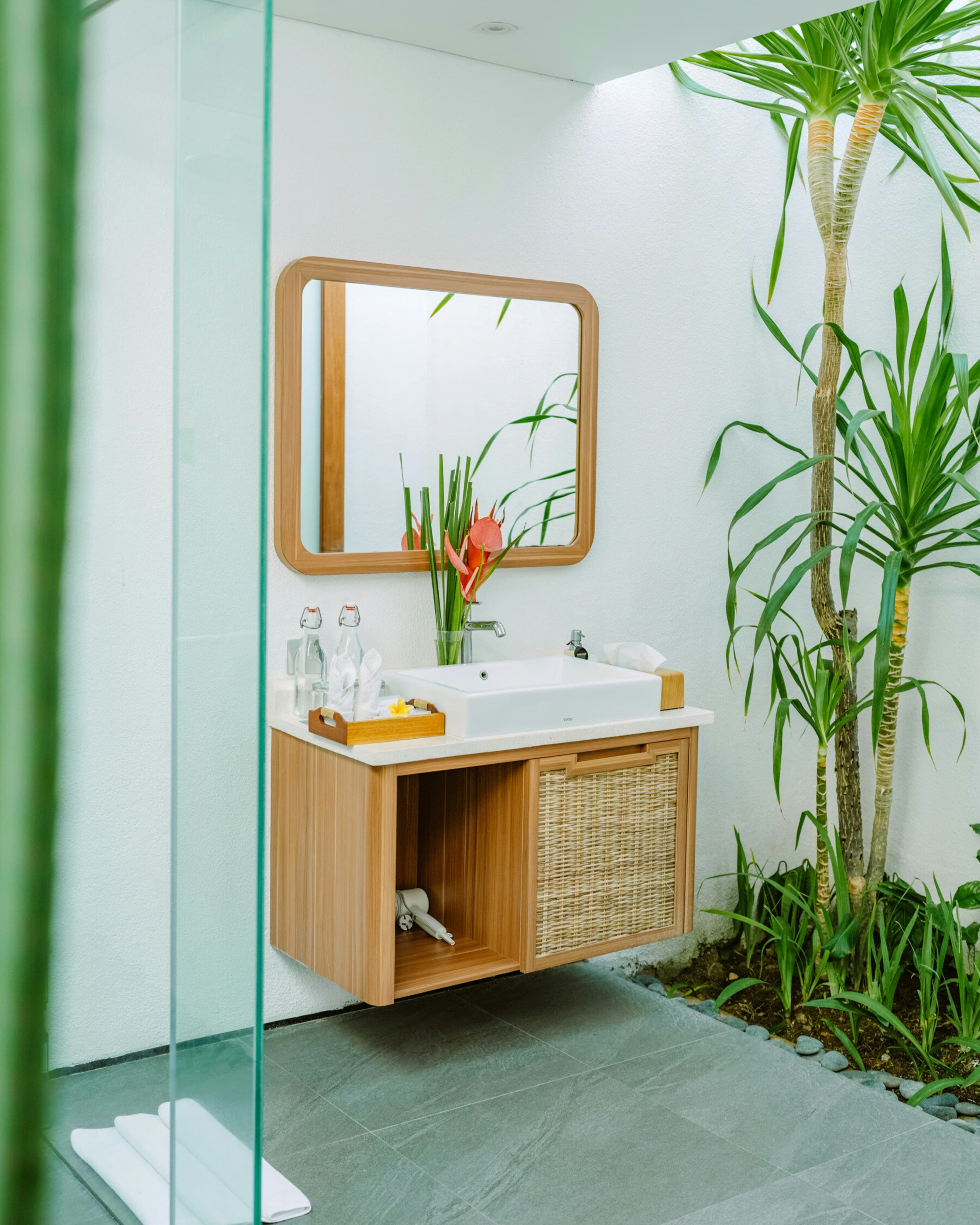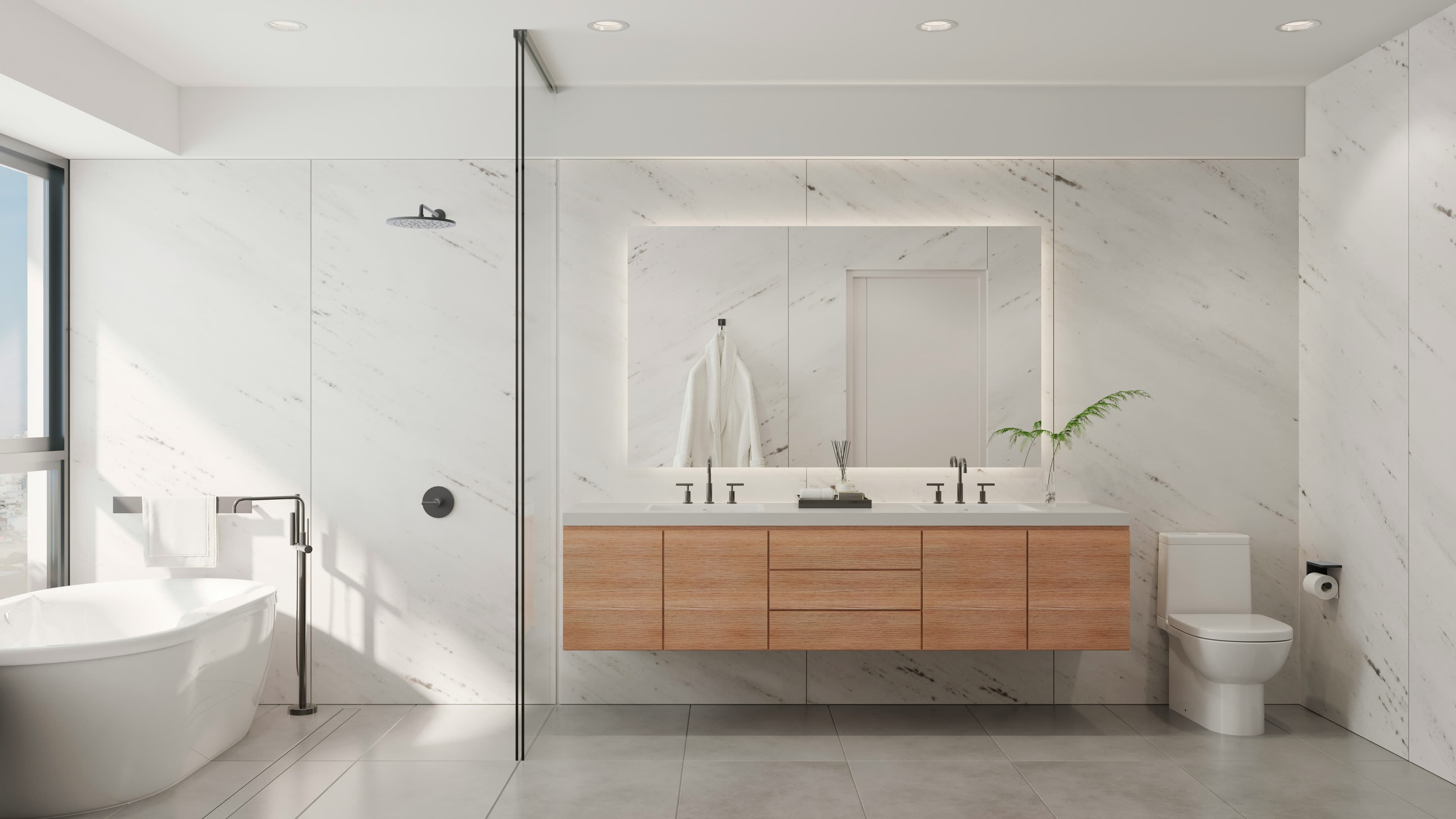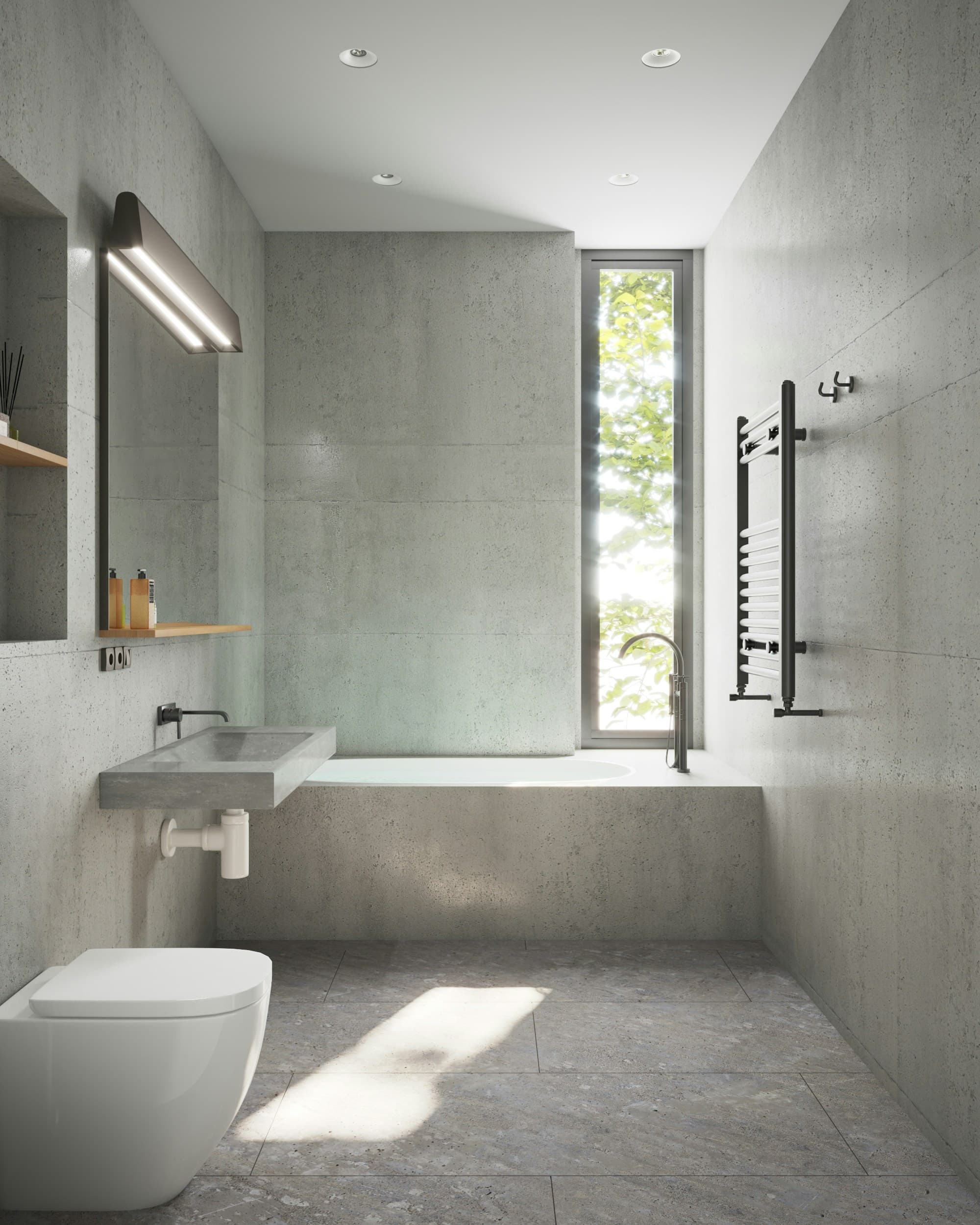
The Complete Bathroom Renovation Journey
Bathroom renovation is one of the most rewarding home improvement projects, offering both functional upgrades and significant value increases. However, it's also one of the most complex projects, requiring careful planning, coordination, and execution. This comprehensive guide will walk you through every step of the renovation process, from initial planning to final completion.
For inspiration on how thoughtful materiality and spatial refinement can elevate even the most intimate spaces, studios like Wood Architecture offer great examples—blending modern detailing with timeless design principles in residential settings.
Pre-Renovation Planning and Assessment
Before diving into any renovation project, thorough planning and assessment are crucial for success. This systematic approach mirrors the UX research methods used in digital design, where understanding user needs and constraints leads to better outcomes.
Initial Assessment:
- Current condition evaluation: Identifying structural issues and limitations
- Space analysis: Measuring and documenting existing layout
- User needs assessment: Understanding how the bathroom is currently used
- Budget determination: Establishing realistic financial parameters
- Timeline planning: Setting realistic project milestones
Planning Considerations:
- Building codes: Understanding local regulations and requirements
- Permit requirements: Identifying necessary permits and approvals
- Contractor selection: Researching and interviewing potential professionals
- Material selection: Choosing appropriate products for the space
- Design inspiration: Gathering ideas and creating vision boards
Design and Layout Planning
The design phase is where your vision begins to take shape. This process requires the same attention to detail as design system development, where every component must work together harmoniously. Understanding modern bathroom design trends and bathroom layout optimization principles will help you create a design that's both beautiful and functional.
Design Principles:
- Functionality first: Ensuring the space meets practical needs
- Aesthetic harmony: Creating a cohesive visual design
- Space optimization: Making the most of available square footage
- Future-proofing: Designing for long-term needs and trends
- Accessibility: Ensuring the space works for all users
Layout Considerations:
- Traffic flow: Creating efficient movement patterns
- Fixture placement: Positioning elements for optimal use
- Storage integration: Incorporating adequate storage solutions
- Lighting design: Planning for both function and ambiance
- Ventilation requirements: Ensuring proper air circulation
Budget Planning and Cost Management
Effective budget management is crucial for a successful renovation project. This financial planning requires the same systematic approach as collaboration tools that help teams manage complex projects.
Budget Categories:
- Materials: Fixtures, tiles, cabinets, and finishes
- Labor: Contractor fees and specialized services
- Permits and inspections: Legal requirements and approvals
- Contingency fund: Unexpected costs and changes
- Finishing touches: Accessories and decorative elements
Cost-Saving Strategies:
- Material alternatives: Finding budget-friendly options
- DIY opportunities: Identifying tasks you can handle yourself
- Bulk purchasing: Buying materials in larger quantities
- Seasonal timing: Scheduling work during off-peak periods
- Value engineering: Balancing cost and quality effectively
Material Selection and Sourcing
Choosing the right materials is crucial for both aesthetics and durability. This selection process requires the same careful consideration as sustainable design practices that prioritize both environmental impact and user experience. Incorporating sustainable materials into your renovation not only benefits the environment but also creates healthier, more durable spaces that align with modern bathroom design trends.
Material Categories:
- Flooring: Tiles, stone, wood, and alternative materials
- Wall coverings: Paint, tiles, panels, and decorative elements
- Fixtures: Toilets, sinks, showers, and bathtubs
- Cabinetry: Vanities, medicine cabinets, and storage solutions
- Hardware: Faucets, handles, and decorative elements
Selection Criteria:
- Durability: Materials that withstand moisture and wear
- Maintenance: Easy-to-clean and maintain options
- Aesthetics: Visual appeal and design compatibility
- Cost: Budget-friendly options that don't compromise quality
- Sustainability: Environmentally responsible choices
Contractor Selection and Project Management
Working with the right professionals is essential for project success. This collaboration requires the same communication and coordination skills as effective team collaboration in design projects. A well-executed renovation that follows bathroom layout optimization principles and incorporates sustainable bathroom design practices will result in a space that's both beautiful and environmentally responsible.
Contractor Selection:
- Research and referrals: Finding qualified professionals
- Interview process: Asking the right questions
- Portfolio review: Examining past work and experience
- References and reviews: Checking client satisfaction
- Contract negotiation: Establishing clear terms and expectations
Project Management:
- Timeline coordination: Managing schedules and deadlines
- Communication protocols: Establishing regular updates
- Quality control: Monitoring workmanship and materials
- Problem resolution: Addressing issues as they arise
- Documentation: Keeping records of decisions and changes
Demolition and Preparation
The demolition phase sets the foundation for your new bathroom. This process requires careful planning and execution to avoid costly mistakes and delays.
Demolition Planning:
- Utility disconnection: Safely shutting off water, electricity, and gas
- Protection measures: Protecting adjacent spaces and surfaces
- Waste management: Planning for debris removal and disposal
- Structural assessment: Identifying any hidden issues
- Permit compliance: Ensuring all work meets code requirements
Preparation Steps:
- Surface preparation: Ensuring proper substrate conditions
- Plumbing rough-in: Installing new pipes and connections
- Electrical rough-in: Adding outlets, switches, and lighting
- Ventilation installation: Setting up proper air circulation
- Waterproofing: Protecting against moisture damage
Installation and Construction
The installation phase is where your vision becomes reality. This process requires coordination between multiple trades and careful attention to detail.
Installation Sequence:
- Plumbing fixtures: Installing toilets, sinks, and showers
- Electrical fixtures: Adding lighting, outlets, and switches
- Flooring installation: Laying tiles, stone, or other materials
- Wall treatments: Applying paint, tiles, or other coverings
- Cabinetry installation: Fitting vanities and storage solutions
Quality Control:
- Workmanship inspection: Checking for proper installation
- Functionality testing: Ensuring all systems work correctly
- Aesthetic review: Verifying visual quality and alignment
- Code compliance: Confirming all work meets regulations
- Client approval: Getting sign-off on completed work
Finishing Touches and Accessories
The final phase brings your bathroom to life with the details that make it feel complete and personalized.
Finishing Elements:
- Hardware installation: Adding faucets, handles, and accessories
- Mirror and lighting: Installing vanity mirrors and task lighting
- Storage accessories: Adding organizers and decorative elements
- Textiles and soft goods: Selecting towels, rugs, and shower curtains
- Decorative elements: Adding art, plants, and personal touches
Final Inspection:
- Functionality testing: Ensuring everything works as intended
- Aesthetic review: Checking visual quality and completeness
- Safety verification: Confirming all safety features are in place
- Cleaning and preparation: Preparing the space for use
- Client walkthrough: Final review and handover
Post-Renovation Care and Maintenance
Proper care and maintenance ensure your renovated bathroom remains beautiful and functional for years to come.
Maintenance Schedule:
- Regular cleaning: Establishing cleaning routines and schedules
- Preventive maintenance: Addressing issues before they become problems
- Seasonal tasks: Performing maintenance appropriate to the season
- Professional services: Scheduling periodic inspections and services
- Warranty management: Keeping track of warranties and service calls
Care Guidelines:
- Material-specific care: Following manufacturer recommendations
- Cleaning products: Using appropriate cleaners for different surfaces
- Preventive measures: Taking steps to avoid damage and wear
- Repair procedures: Knowing how to address common issues
- Upgrade planning: Planning for future improvements and updates
Common Challenges and Solutions
Every renovation project faces challenges. Being prepared for common issues helps ensure smooth project execution.
Common Challenges:
- Unexpected structural issues: Hidden problems discovered during demolition
- Material delays: Supply chain issues affecting project timeline
- Budget overruns: Costs exceeding initial estimates
- Communication breakdowns: Misunderstandings between parties
- Quality issues: Workmanship problems requiring correction
Solution Strategies:
- Contingency planning: Building flexibility into project plans
- Clear communication: Establishing regular update protocols
- Quality control: Implementing inspection checkpoints
- Problem resolution: Having processes for addressing issues
- Documentation: Keeping detailed records of all decisions
Conclusion
Bathroom renovation is a complex but rewarding project that requires careful planning, coordination, and execution. By following this comprehensive guide and applying the same systematic approach used in UX research and design system development, you can achieve a successful renovation that meets your needs, stays within budget, and creates a beautiful, functional space.
The key to successful bathroom renovation is understanding that it's not just about aesthetics—it's about creating a space that enhances your daily life while adding value to your home. This holistic approach ensures that your renovated bathroom will serve you well for years to come, providing both practical functionality and personal satisfaction.
Remember that every renovation project is unique, and flexibility is essential. By staying organized, communicating clearly, and maintaining realistic expectations, you can navigate the renovation process successfully and create the bathroom of your dreams.


